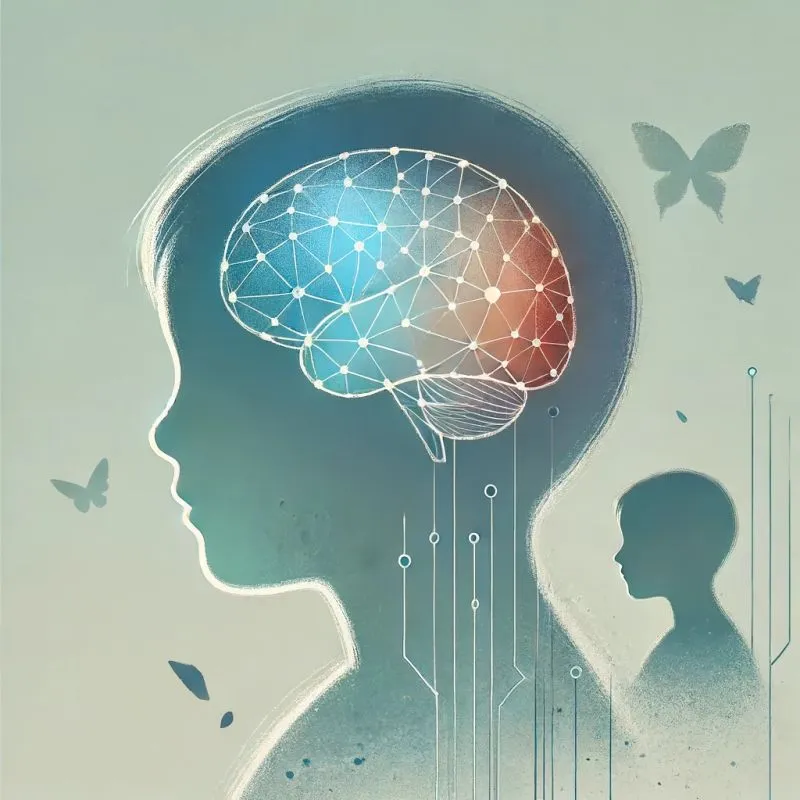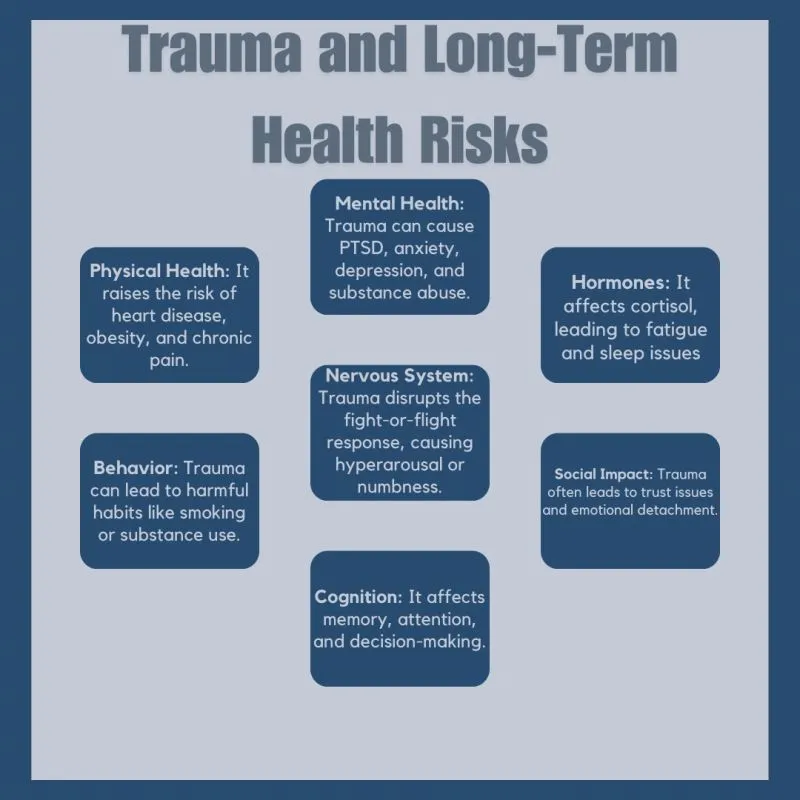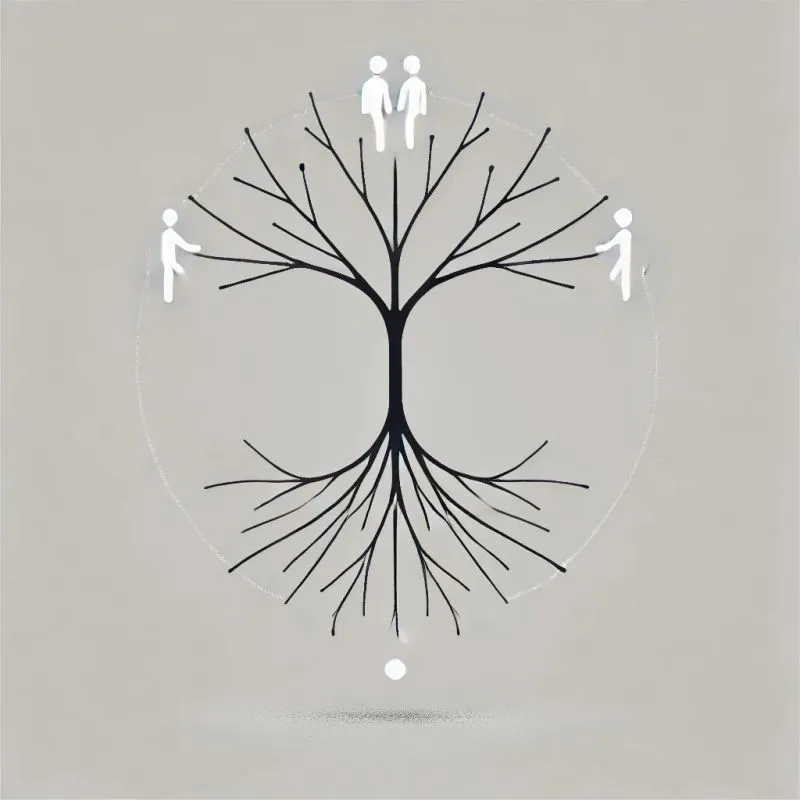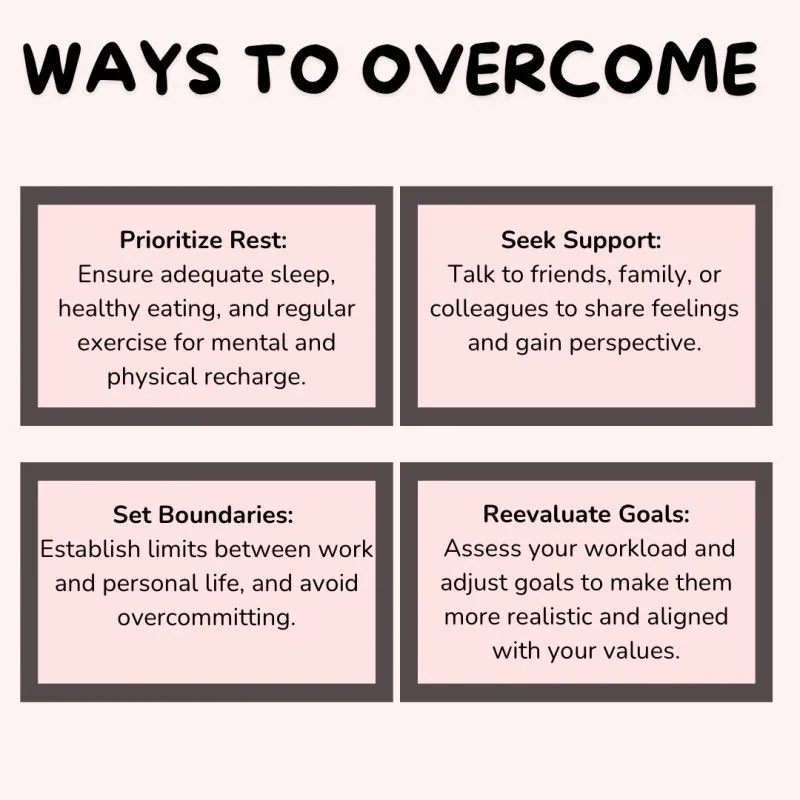About 64% of adults in the United States reported they had experienced at least one type of ACE before age 18, and adults with 4 or more ACEs were 12 times more likely to develop health risks
Adults who had experienced 4 or more ACEs showed a 12 times higher prevalence of health risks such as alcoholism, drug use, depression, and suicide attempts
Research shows 64% of adults experienced at least one adverse childhood experience (ACE). Adults with 4+ ACEs are 12 times more likely to develop depression, anxiety, and health issues. Learn how childhood trauma shapes your adult life and discover evidence-based paths to healing.
Your Childhood Doesn't Stay in Childhood: Why Past Pain Affects Present Life
What Is Childhood Trauma? More Than Just 'Bad' Events
The 10 Types of Adverse Childhood Experiences
It's Not Just What Happened—It's What Didn't Happen
How Childhood Trauma Changes Your Adult Brain and Body
Your Brain Developed Around Survival, Not Thriving
Your Body Keeps the Score
Signs Childhood Trauma Is Still Affecting Your Adult Life
Emotional and Mental Health Patterns
Relationship and Social Challenges
Physical and Behavioral Signs
The Path to Healing: Evidence-Based Approaches That Work
Trauma-Informed Therapy
Building Safety and Support
Nervous System Regulation
Hope for Healing: Your Brain Can Change
Taking the First Step: You Don't Have to Do This Alone
Trauma isn't just about dramatic events—it's about how experiences affected you. Emotional neglect, feeling chronically unsafe, having inconsistent caregiving, or experiencing ongoing stress can all be traumatic. If your childhood experiences left you feeling unworthy, unsafe, or struggling with emotional regulation as an adult, they likely had a traumatic impact regardless of whether they seem 'serious enough' compared to others' experiences.
Yes. The ACEs study and subsequent research show strong connections between childhood trauma and adult physical health issues including heart disease, diabetes, autoimmune conditions, chronic pain, and shorter lifespan. Chronic stress in childhood affects immune system development, inflammation levels, and stress hormone regulation, creating vulnerability to physical illness decades later.
Absolutely. Trauma can occur in families that appear functional from the outside. Emotional neglect, having emotionally unavailable parents, being raised by someone with untreated mental illness, or experiencing medical trauma can all impact development. Additionally, what feels manageable to one child might be traumatic to another based on temperament and sensitivity. Trust your own experience of what felt difficult or unsafe.
Healing is absolutely possible. Your brain's neuroplasticity means it can form new neural pathways throughout your life. With trauma-informed therapy, supportive relationships, and nervous system regulation practices, people regularly heal from even severe childhood trauma. While the memories remain, their emotional charge and impact on your daily life can be significantly reduced or eliminated.
Confrontation isn't necessary for healing and can sometimes be retraumatizing if your family remains unsupportive or denies your experiences. Focus first on your own healing process with a therapist or support system. Some people choose to have conversations with family members later in their healing journey, while others find peace without ever discussing it. What matters most is your safety and wellbeing, not whether your family understands or validates your experience.





